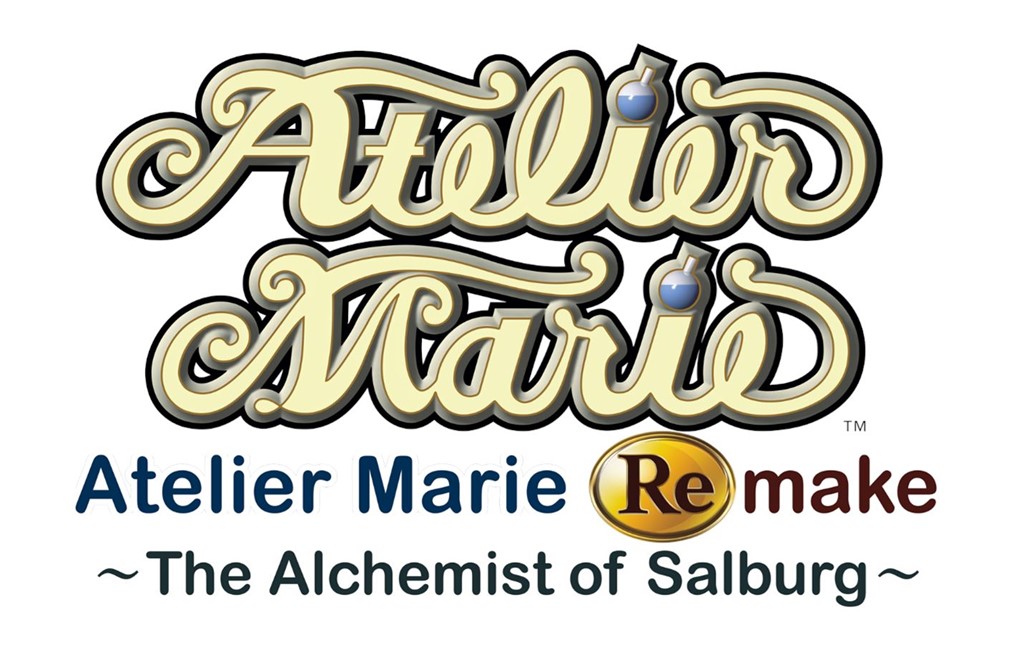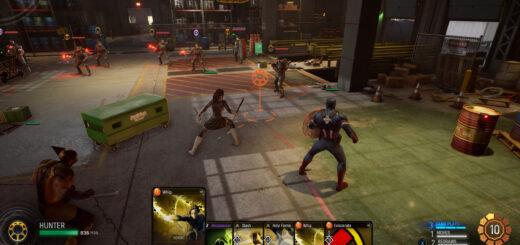Atelier Marie Remake: The Alchemist of Salburg Review
Teacher’s Pet
Long-standing businesses often boast a positive reputation, earning the trust of customers and the community over many years of service. Developer Gust and Koei Tecmo know this well, as the Atelier series continues to thrive after twenty-five years of games. Atelier Marie Remake: The Alchemist of Salburg is a remake of the first title in the long-running series. The game was originally released for PlayStation in Japan in 1997 — with versions later released on Sega Saturn, PC, Sega Dreamcast, PlayStation 2, Android, and iOS — and has not previously been translated in English, until now. The Atelier series continues to release new games building upon the series’ strong foundation and reputation. Atelier Marie Remake is a loving reflection on how far the franchise has come.
The game follows Marlone (also called Marie), an alchemy student in the city of Salburg who is at risk of expulsion due to poor performance. She is given her own workshop and five years to prove herself by crafting an item that will impress her professor. She is given the keys to her own atelier in the village, and the countdown begins. The story engages in some light worldbuilding, but it is mostly window dressing to the main course: Marie’s adventure is the singular focus of the light narrative, while everything – and everyone – else is secondary.
Marie can explore Salburg, take on requests, and encounter villagers all in furtherance of her goal. It’s a busy town, as Marie can listen to rumors at the Sky Tavern, visit the Magic Academy for crafting recipe books, shop for equipment, or even visit the castle. Within minutes, Marie recruits a friend and ventures out into the forest to collect materials and engage in combat. These closed-off zones are peppered with items to harvest and enemies to fight, even giving players an option to automate some of this exploration.
The gameplay loop is simple enough to understand: collect materials, synthesize items, and complete quests, all with some interruptions sprinkled throughout. These rhythms would almost verge on relaxing, if not for the timing mechanics that light a fire under the player, urging completion of tasks within their deadline or else run the risk of failing. A successful result yields money and an increase to Marie’s reputation; a late assignment results in little to no reward and a hit to her reputation.
In this game, nearly every action costs an in-game day. Simply leaving and entering the atelier takes up a day; traveling to locations can take multiple days; and an in-game day passes for every item collected whilst adventuring. Without careful and dedicated time management, Marie will be blowing past deadlines, to the detriment of her wallet and credibility. Newcomers to the series may easily miss the first few deadlines, leaving Marie rather broke. Synthesis is also basic, but some items can take days to prepare, again eating at the calendar and timing requirements.
Players are given the choice to adhere to the game’s strict five-year limit or opt for an endless mode that continues with a sixth year and into perpetuity. This only somewhat ameliorates scheduling anxiety, as request deadlines are still present. Marie must also consider the ever-changing seasons, as some items available during the springtime may not be as plentiful, if available at all, during the winter. Between the calendar, deadlines, and making sure all that item crafting isn’t leaving Marie too fatigued, players certainly have a lot to keep track of.
In order to explore, Marie is best off recruiting friends or adventurers in town. These new allies can be helpful, but also expensive. Friends tend to be cheaper at first, but Marie establishes a rapport with her party during these excursions as well, giving some character development to allies. Between the calendar and money management, it’s always beneficial to think ahead. Marie is also given the option to outsource some of her harvesting work to fairies – for a cost, of course. After all, one has to spend money to make money, but allowing the fairies to do some of the grunt work does save Marie time to fulfill requests more efficiently.
Combat is turn-based, with Marie and her mates choosing from command types assigned to separate buttons. There are both standard and special attacks available to each character, with some bombastic attacks and spells rounding out the battle system. It’s basic but works well enough, especially when bringing along higher-level adventurers to help clear out new locales. Timing a thwack with Marie’s staff to initiate combat frequently results in a preemptive strike. Effective use of this strategy can mitigate some inevitable difficulty spikes when traveling to new areas.
There are a handful of cute, if basic, minigames that break up some of hustle and can provide useful crafting items. These minigames are reminiscent of Mario Party-style games or minigames from retro RPGs, including one where Marie has to dodge gusts of wind to collect golden apples. They are cartoonish and cutesy, aligned with the overall experience, adding another touch of levity to the proceedings.
All of these moving parts are buttressed by a very charming presentation. Major scenes are presented in visual novel style, boasting detailed artwork of each character that is juxtaposed with chibi-style 3D spritework. It’s somewhat dissonant, but the graphical styles are distinct and pleasant. The in-battle character models are simply adorable. They seem livelier and, coupled with inventive camera angles, are more visually exciting. Enemy models are well done, with even the most intimidating looking dungeon dweller or sea creature still looking awfully cute. The changing seasons are also well-represented on screen, as green pastures give way to snowy fields within a matter of in-game months. The soundtrack offers the original and remastered options, both of which are charming and match the vibrant graphical approach.
Atelier Marie Remake: The Alchemist of Salburg offers a refined version of a twenty-five-year-old item-crafting simulator RPG. The game is short and sweet, finishing in around 10 hours with an endless mode option allowing for an expanded runtime with Marie and her companions, ending when the player decides. The game does not attempt to retrofit the title with features from more recent entries; rather, it focuses on presenting a version of the game that matches modern sensibilities while still retaining the core gameplay from 1997. The end result is a short and charmingly dated experience. This refresher course on the game that started a decades-long series may not be sitting at the top of the class, but it still earns high marks. For a student like Marie, that’s a perfect recipe.
Disclosure: This review is based on a free copy of the game provided by the publisher.


Adorable chibi graphics
Lively soundtrack
Exceedingly replayable
Time-management aspects can overwhelm
Relatively basic game mechanics









Recent Comments